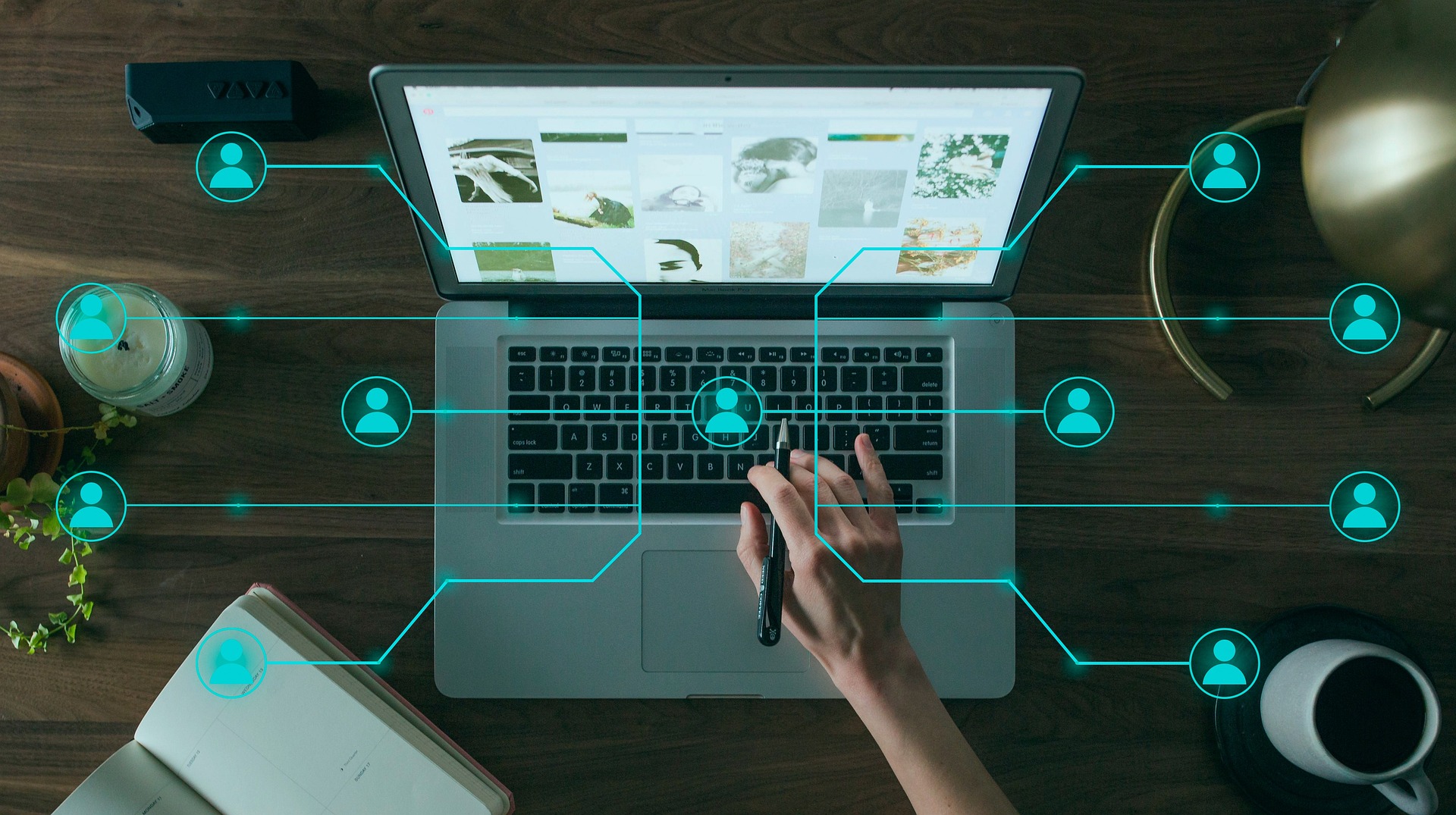
In the past, creativity was often confined to a select few who had access to publishers, galleries, studios, or other gatekeepers of expression. Today, that barrier has vanished. Thanks to digital media, the tools for creation and connection are in everyone’s hands.
From YouTube to TikTok, podcasts to blogs, virtual art galleries to collaborative writing platforms, the digital world has reshaped how we tell stories, share ideas, and build communities. It’s no longer about who you know; it’s about what you create and how authentically you share it.
Let’s explore how digital media has unlocked creativity, connection, and inclusion on a global scale.
Digital Tools for Self-Expression

Digital media provides new tools for self-expression, letting people experiment with creative formats, writing, video, art, or sound, without needing traditional gatekeepers.
Not long ago, creative expression required permission. Writers needed publishers. Musicians relied on record labels. Filmmakers needed funding and distribution channels. Artists had to find gallery representation.
Today, digital platforms have rewritten that story. With just a smartphone and an internet connection, anyone can write, record, film, design, or share their ideas with the world.
This democratisation of creativity is nothing short of revolutionary.
- Accessible tools: From free design software like Canva to editing tools like CapCut and DaVinci Resolve, creative expression is no longer limited by budget or background.
- Direct publishing: Platforms like Medium, Substack, and YouTube enable creators to share their work directly with their audiences, eliminating the need for approval.
- Experimentation: The digital space encourages creative risk-taking. You can test ideas, receive instant feedback, and evolve your work in real-time.
The digital landscape empowers creators to explore different media, such as video essays, digital art, podcasts, blogs, or interactive storytelling, all while building authentic personal brands.
Most importantly, it allows creativity to thrive outside of perfection. You don’t need to be “professional” to create something meaningful. You need the courage to start.
Community & Connection
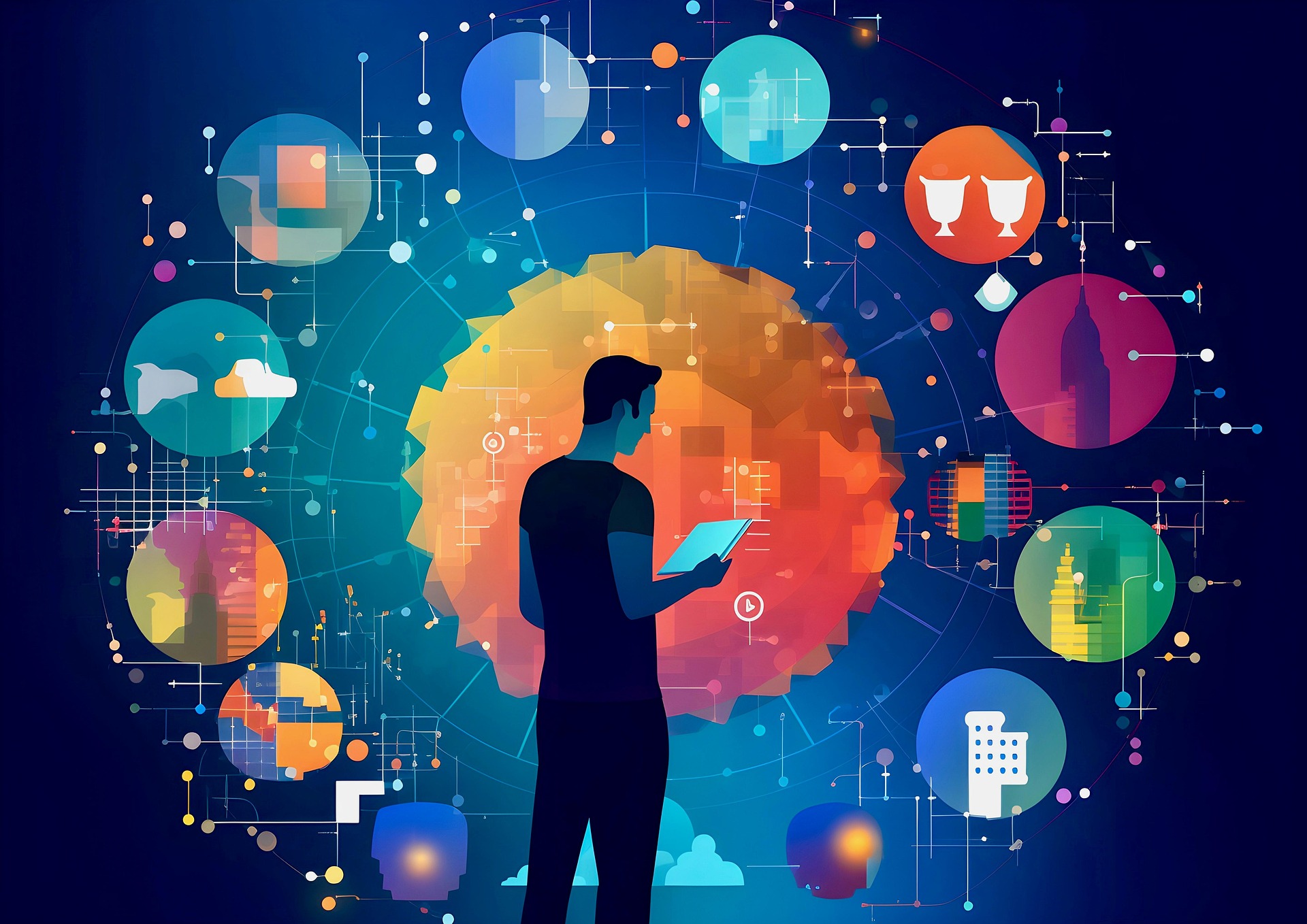
Digital media creates unexpected communities, connecting like-minded people who may never meet otherwise.
One of the most beautiful aspects of digital media is its ability to connect people through shared passions. Across borders and time zones, individuals come together around interests that might once have felt isolating.
A writer in Bangladesh can collaborate with a musician in Brazil. A climate activist in Kenya can join forces with a designer in France. A fan community can build entire friendships around a shared love of books, movies, or games.
Digital media doesn’t just create audiences, it builds communities.
- Shared creativity: Online groups and platforms, such as Discord, Reddit, and creative Facebook groups, foster collaboration and the exchange of ideas.
- Support systems: Creators lift each other through advice, feedback, and encouragement, replacing competition with cooperation.
- Meaningful belonging: For many, digital communities become spaces of belonging and identity, especially for those who may feel disconnected in their offline environments.
Connection has become one of the greatest gifts of the digital age. The creative process is no longer solitary; it’s collective, dynamic, and deeply human.
When people find others who understand their ideas, their art grows, and so does their confidence.
Innovation & New Art Forms:
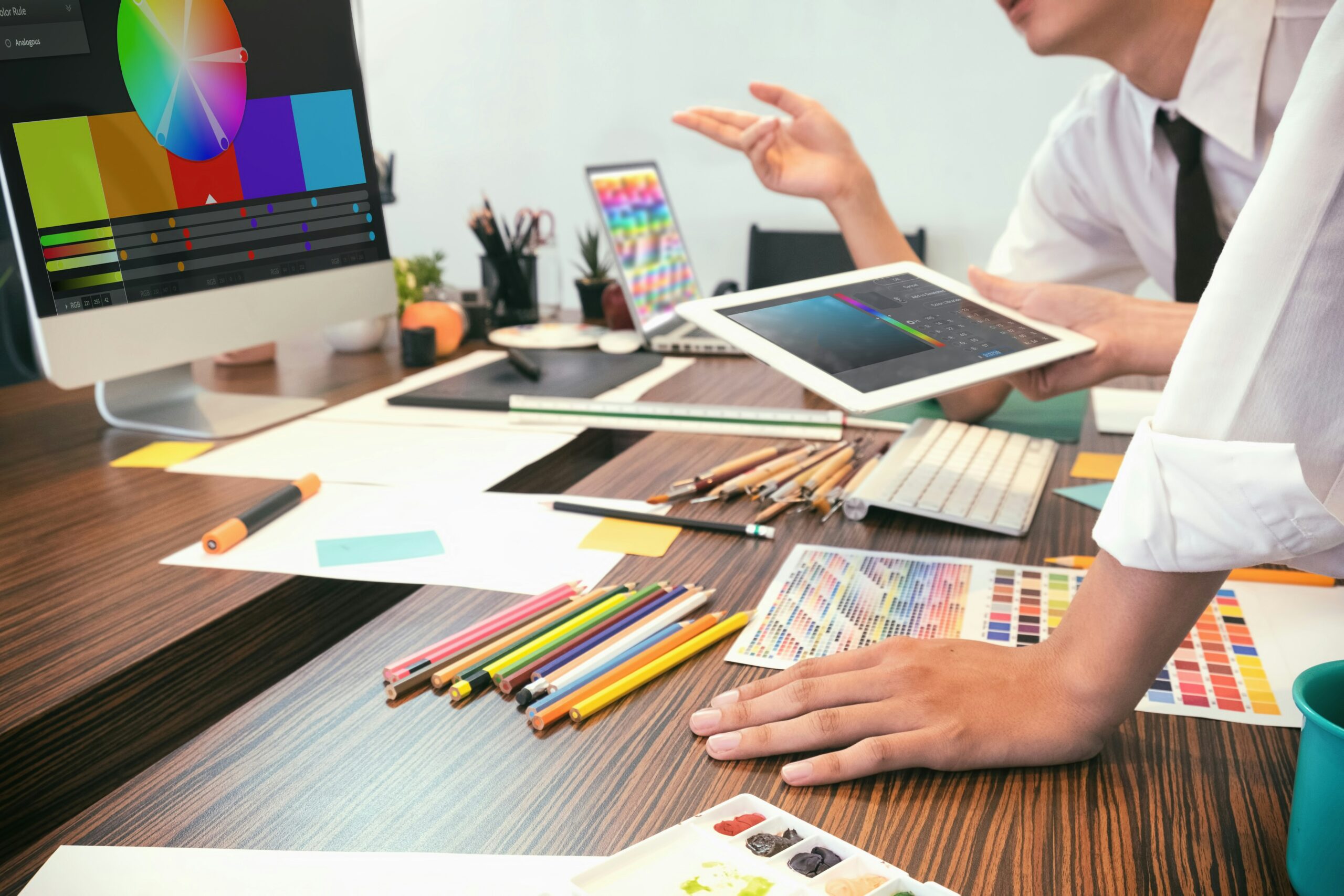
Online spaces often spark new art forms and storytelling styles that couldn’t exist without digital technology.
Digital media hasn’t just changed how we create; it has transformed what we make. Entirely new art forms and genres have emerged from the possibilities of online space.
Think of YouTube vlogs evolving into cinematic short films, TikTok dances influencing mainstream choreography, or digital artists turning NFTs into new economic models of creativity. Interactive fiction, virtual reality art, and AI-assisted music all blur the line between art, technology, and audience.
- Storytelling: Platforms such as Instagram Stories, podcasts, or interactive web comics allow stories to unfold in non-linear, immersive ways.
- Blending disciplines: Creators often mix writing, sound, animation, and coding, creating hybrid art that didn’t exist before.
- Audience participation: Digital tools allow audiences to engage, remix, or co-create, turning art into an evolving dialogue.
Innovation thrives online because there’s freedom to experiment. There’s no strict “right way” to tell a story, just endless ways to explore.
Perhaps the most exciting part? These new forms of creativity are accessible to anyone curious enough to try. Technology doesn’t replace imagination; it amplifies it.
Inclusion & Amplification of Voices:

Digital media gives marginalised voices a platform, allowing stories and perspectives that might otherwise be overlooked to reach wider audiences.
Before the advent of digital media, many voices were excluded from mainstream representation, silenced by cultural barriers, economic limitations, or systemic bias. However, online spaces have now become powerful amplifiers for those who were once unheard.
From Indigenous activists documenting climate change in their communities, to women entrepreneurs sharing startup journeys, to artists challenging stereotypes, digital media has opened doors to global audiences who are ready to listen.
- Breaking barriers: Social platforms allow anyone to share their story, regardless of geography, income, or background.
- Representation matters: When people see creators who reflect their own experiences, it inspires confidence and a sense of belonging.
- Cultural preservation: Many creators utilize digital tools to document languages, traditions, and stories that are at risk of being lost.
This inclusivity transforms the global conversation. It’s not just about visibility, it’s about agency. People can tell their own stories, in their own voices, on their own terms.
However, inclusivity also comes with its share of responsibility. Digital platforms must ensure fair algorithms, protect creators from harassment, and promote accessibility and inclusivity. Accurate amplification happens when every voice not only has a platform but is also heard with respect.
Bringing It All Together: Creativity, Connection, and Empowerment
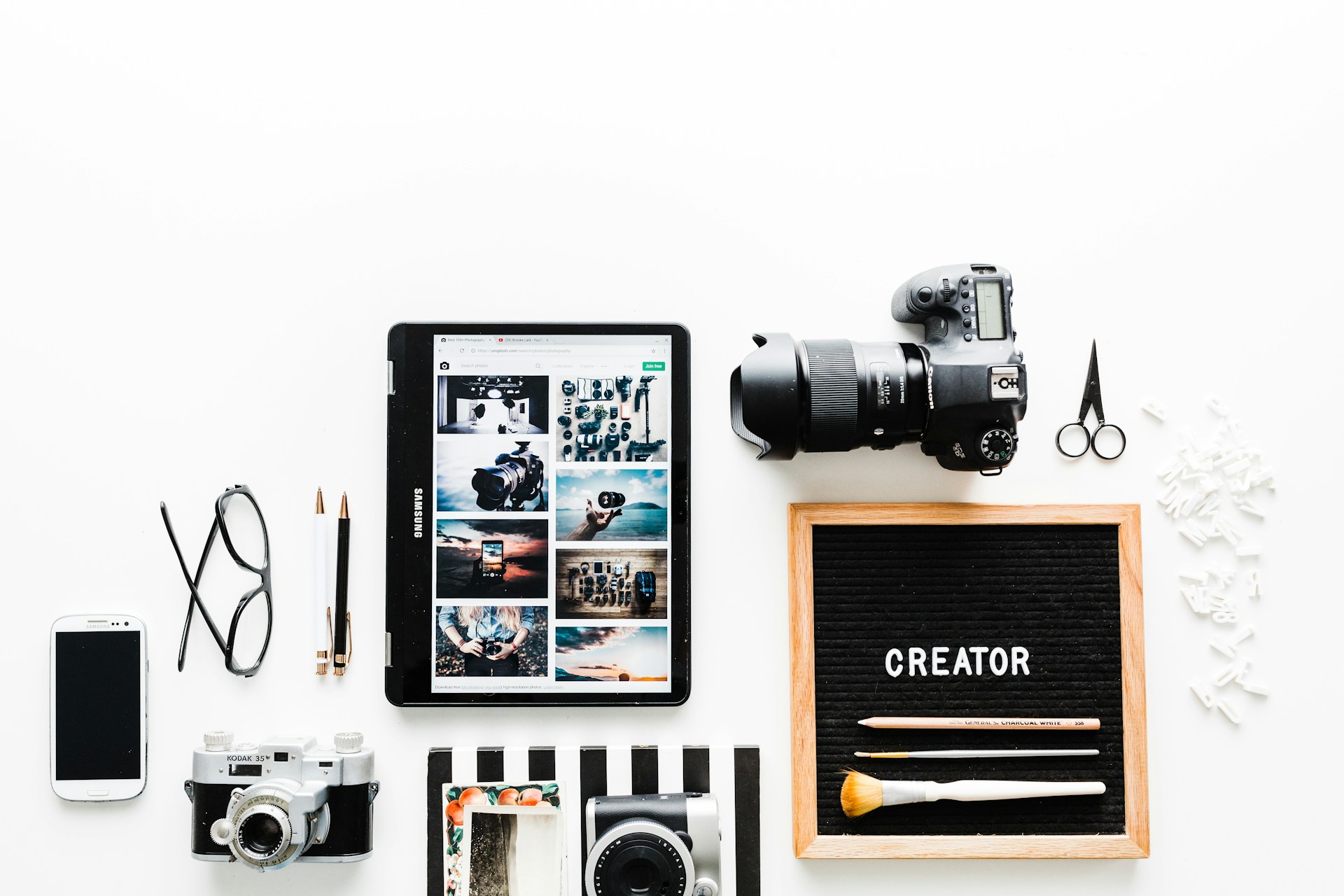
At its best, digital media is a powerful equaliser, a canvas where anyone can paint their story, a microphone where every voice can be heard, and a bridge that connects hearts across continents.
Creativity has always been part of being human. What’s changed is the medium. Today, the stage is no longer limited to galleries or studios; it’s global. The audience isn’t defined by geography; it’s anyone willing to listen, watch, or engage.
But with this power comes a new kind of responsibility:
- To use technology mindfully, ensuring it uplifts rather than overwhelms.
- To celebrate originality, not just virality.
- To collaborate rather than compete, turning creativity into a shared journey.
When we harness digital media thoughtfully, we unlock something extraordinary: a more connected, creative, and compassionate world.
A Digital Renaissance
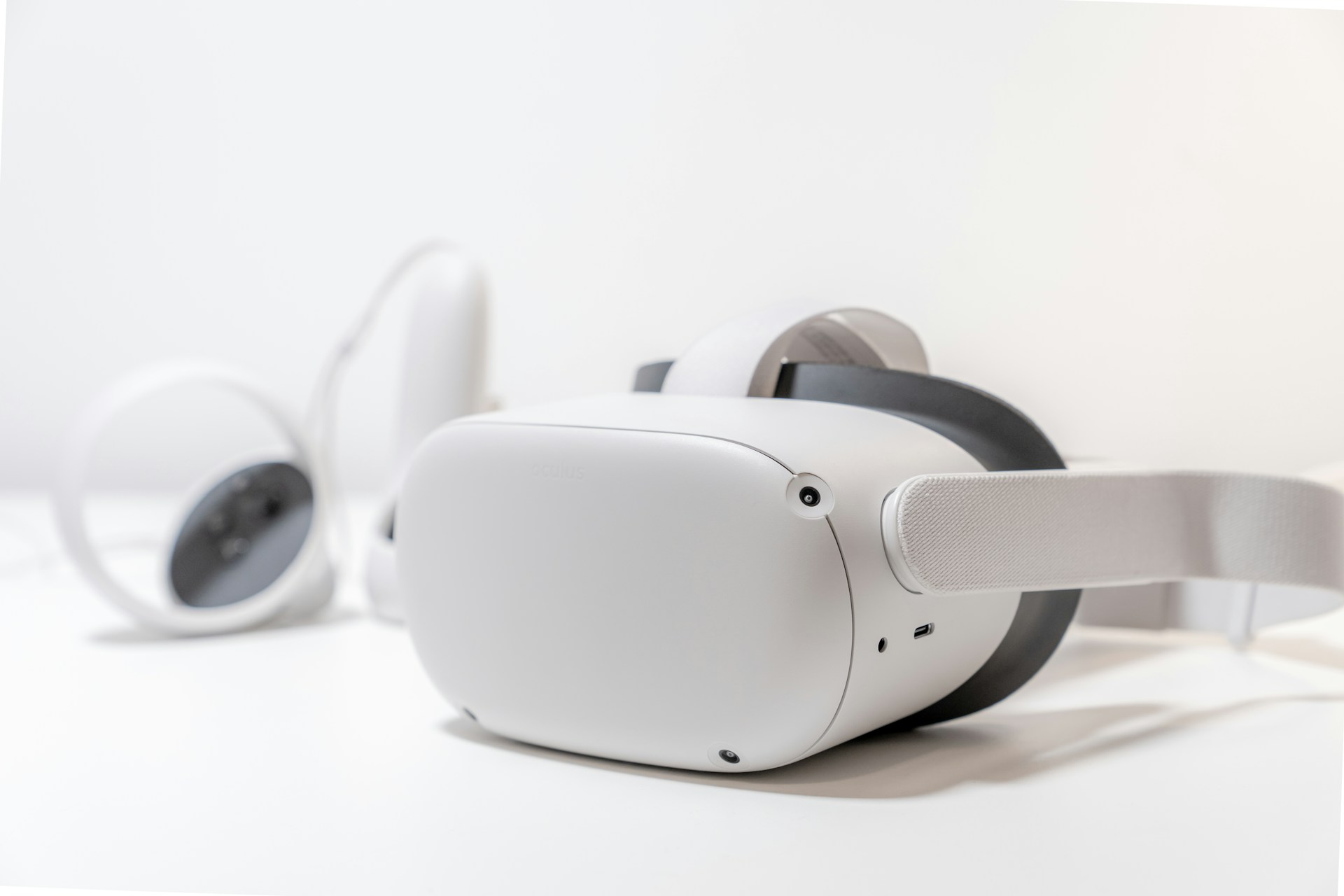
We’re living through a new kind of renaissance, one where art, technology, and humanity intersect. Digital media has given us tools, communities, and platforms to express what it means to be alive in this era.
Whether it’s a teenager filming short stories on their phone, a collective of activists documenting social change, or a digital artist building entire worlds in virtual reality, creativity has never been more alive or accessible.
This is more than a technological shift; it’s a cultural awakening.
So, keep creating. Keep connecting. Use the tools at your fingertips not just to consume but to contribute.
Because in this digital age, every click, every post, every creation adds a new voice to the global story we’re writing together.
And that’s the true power of harnessing digital media; it also turns creativity into connection, and connection into change.
What’s the one digital skill you’ll practice this week that future-you will thank you for?